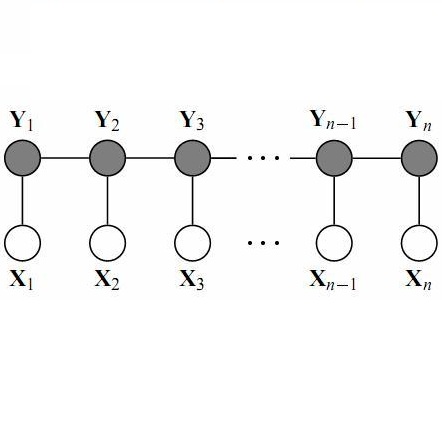Glacier calving front position (CFP) is an important glaciological variable. Traditionally, delineating the CFPs has been carried out manually, which was subjective, tedious and expensive. Automating this process is crucial for continuously monitoring the evolution and status of glaciers. Recently, deep learning approaches have been investigated for this application. However, the current methods get challenged by a severe class-imbalance problem. In this work, we propose to mitigate the class-imbalance between the calving front class and the non-calving front class by reformulating the segmentation problem into a pixel-wise regression task. A Convolutional Neural Network gets optimized to predict the distance values to the glacier front for each pixel in the image. The resulting distance map localizes the CFP and is further post-processed to extract the calving front line. We propose three post-processing methods, one method based on statistical thresholding, a second method based on conditional random fields (CRF), and finally the use of a second U-Net. The experimental results confirm that our approach significantly outperforms the state-of-the-art methods and produces accurate delineation. The Second U-Net obtains the best performance results, resulting in an average improvement of about 21% dice coefficient enhancement.
翻译:磁性神经网络最优化地预测了图像中每个像素的冰川前端的距离值。 由此产生的距离地图将CFP本地化, 并正在进一步进行后处理以提取切分线。 我们提出了三种后处理方法, 一种基于统计门槛的方法, 一种基于有条件随机字段的第二种方法, 最后是使用第二个U- Net。 实验结果证实,我们的方法大大超越了以21为主的精确性能提升方法。




